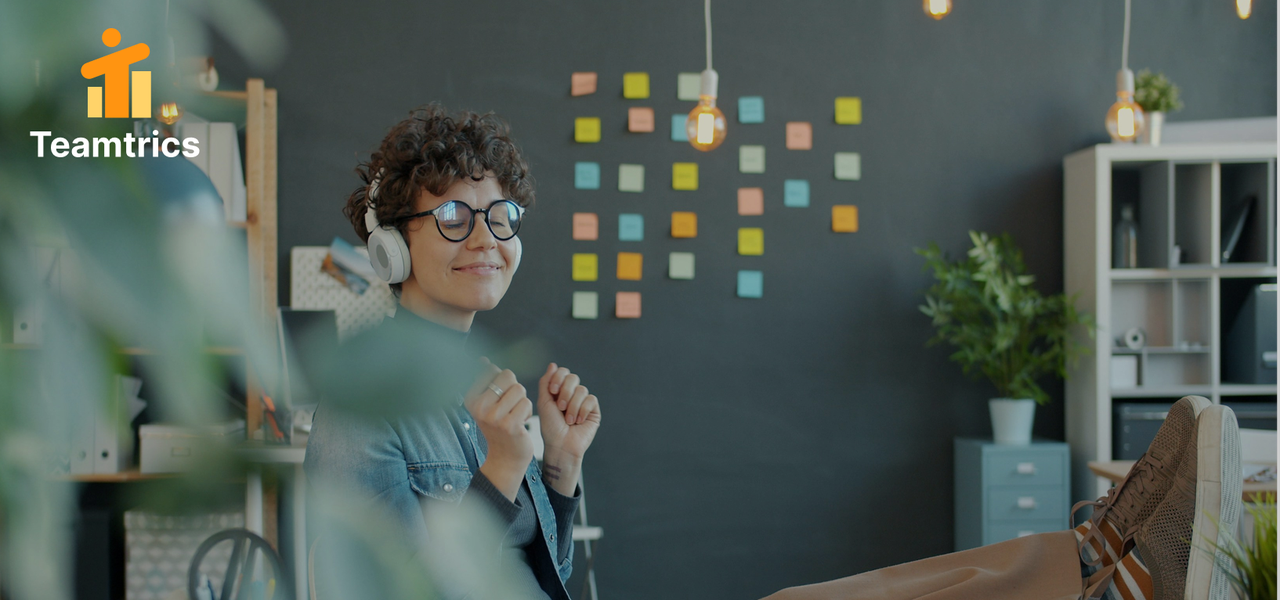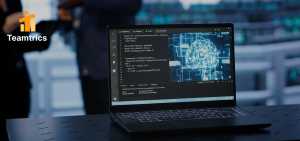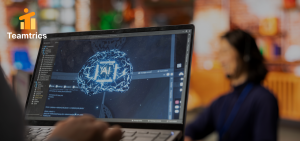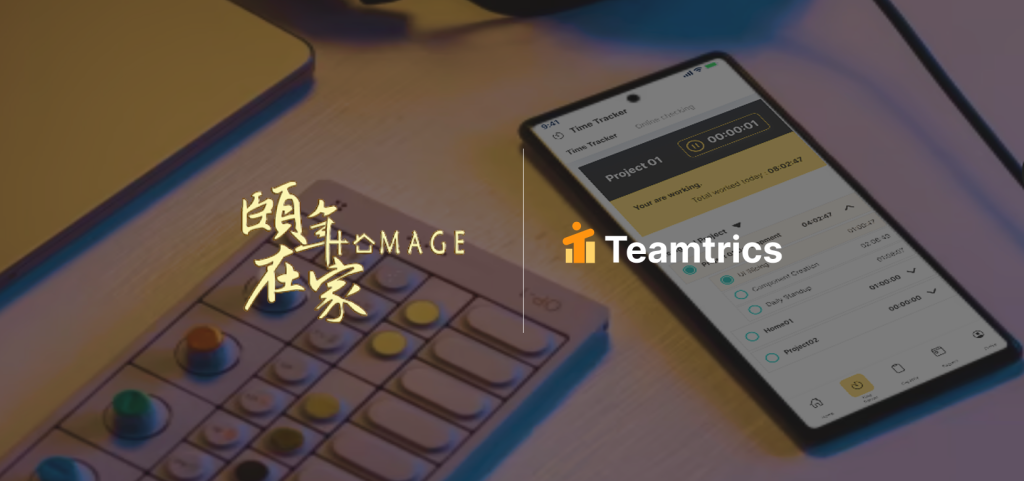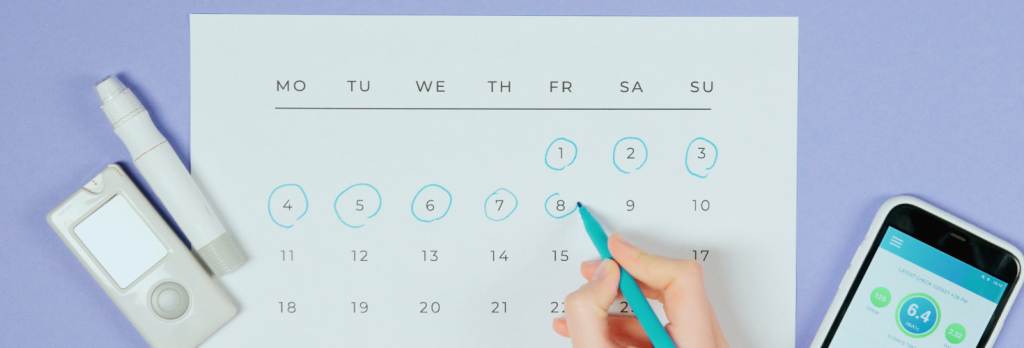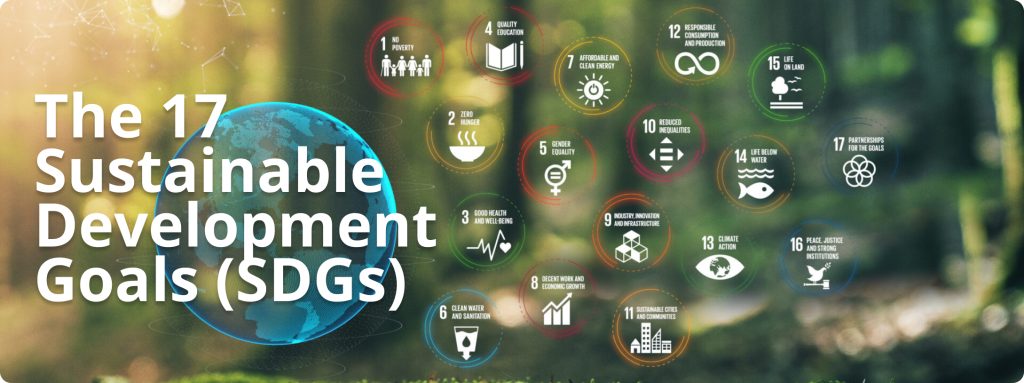Why Traditional Time Studies No Longer Work in Hybrid Environments
Time studies once meant a clipboard, a stopwatch, and someone counting minutes spent on every task. But in 2025’s hybrid and remote workplace, this approach no longer works.
The modern workforce is digital, decentralized, and collaborative, such as utilising productivity calculators. Projects happen across time zones, and productivity isn’t about how long someone sits at their desk, it’s about how effectively they deliver outcomes.
Traditional time studies fail because they focus on attendance, not impact. Today’s leaders need ethical, data-driven visibility that reveals how work actually happens, without micromanaging or breaching trust.
This is where AI-powered workforce intelligence platforms like Teamtrics are changing the game.
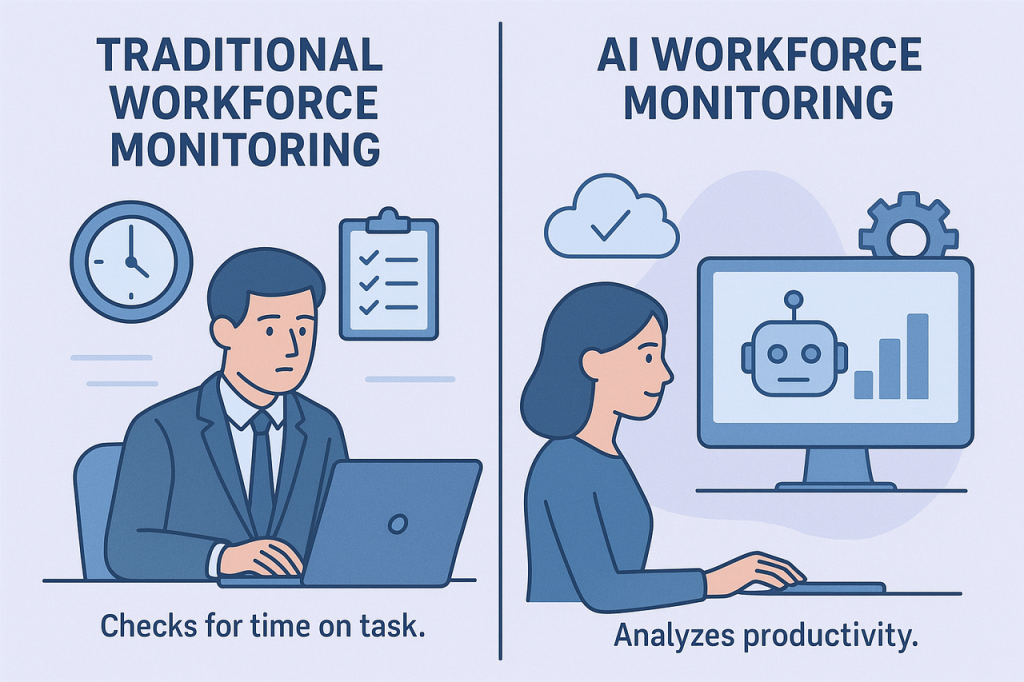
The Hidden Cost of Measuring Productivity by Hours
Tracking hours worked might feel like an easy way to measure productivity, but it’s misleading.
When organizations equate performance with time, employees learn to look busy, not be effective. They extend their hours, attend unnecessary meetings, or stay online after hours to signal commitment, leading to burnout, fatigue, and disengagement.
In hybrid teams, this “always-on” mindset is even more dangerous. Without physical boundaries between home and work, burnout can silently grow.
Modern time studies, including productivity calculators, use AI and workforce analytics to focus on patterns of energy, collaboration, and outcomes, not time spent. They answer key questions such as:
- Where is team energy being allocated?
- Which projects are draining the most time with the least result?
- Are certain team members overloaded?
The result: leaders gain performance clarity without invading employee privacy.

Using AI to Measure Output and Capacity, Not Presence
The future of performance management is not about counting hours, but about understanding capacity.
AI-driven analytics tools like Teamtrics analyze how effort, attention, and collaboration distribute across teams. Teamtrics even have their productivity calculator. This helps leaders understand:
- Which teams are hitting peak workload capacity.
- Which individuals are overloaded or underutilized.
- How project energy levels align with performance outcomes.
Instead of relying on manual reports or guesswork, Teamtrics visualizes real-time capacity using smart algorithms that blend productivity metrics with well-being indicators, the assessment of productivity calculator is prefered too
Imagine a dashboard that alerts managers before a project bottleneck forms, or before a high-performing employee hits fatigue. That’s what AI productivity analytics deliver, insight, not intrusion.
This approach enables leaders to manage sustainably, balancing efficiency with empathy.
Turning Time Studies into Trust Studies
The biggest challenge in workforce analytics isn’t data, it’s trust. That’s why Teamtrics developed productivity calculators for businesses’ quick assessment. Employees worry about being “watched.” Leaders worry about accuracy. The key is to transform time tracking into a two-way system of trust and transparency.
With Teamtrics, analytics are not used to punish performance but to support it. Teams see how their time and energy contribute to company goals, while managers gain visibility without micromanagement.
This turns traditional time study into what we call a Trust Study:
- Employees trust that data will improve workflows, not control them.
- Leaders trust data to make better, fairer decisions.
By integrating Workplace AI ethically, Teamtrics helps create a culture where productivity and wellness are not in conflict, they reinforce each other.

Turn your time studies into trust studies. Build sustainable performance with Teamtrics.
Real-World Example: How a Malaysian Tech Company Balanced Performance and Wellness
A fast-growing Malaysian IT company faced a familiar issue: hybrid employees were burning out, yet productivity reports looked “fine.” Leadership knew something was off, but had no visibility into the root cause.
They tried productivity calculators before they decided to implement this Teamtrics system,
After adopting Teamtrics’ workforce intelligence platform, they gained clarity within weeks. AI analytics revealed hidden workload imbalances: certain developers were taking on 40% more sprint tasks than others, while managers underestimated coordination time.
Teamtrics’ productivity and wellness dashboard showed early fatigue signals and suggested rebalance points. The company adjusted its workflow allocation, and within two months:
- Burnout risk dropped by 27%
- Sprint delivery time improved by 23%
- Employee satisfaction scores rose significantly
The takeaway? More data didn’t mean more control, it meant more understanding.
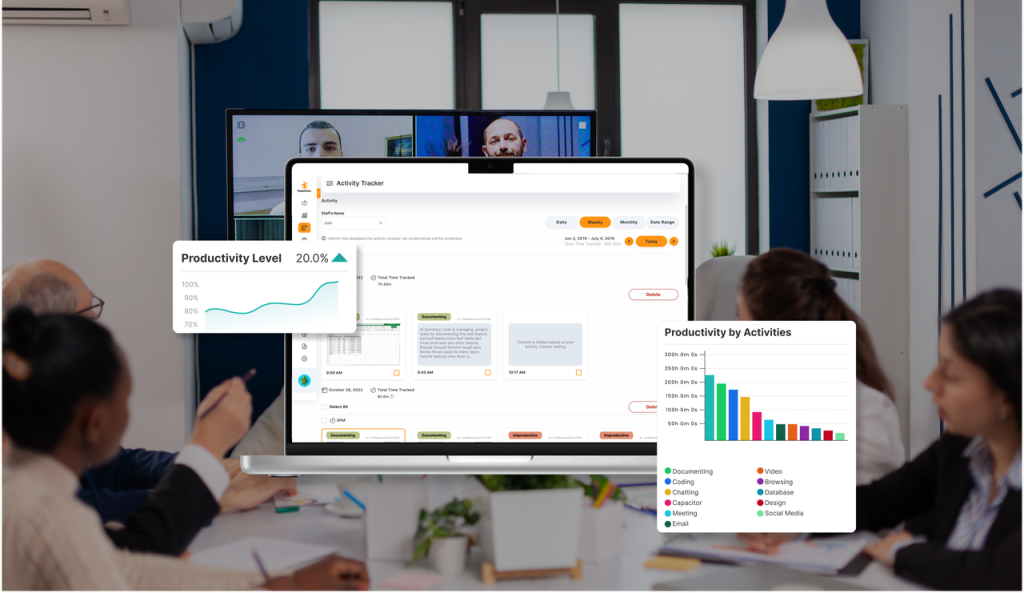
From Tracking to Transformation: The New Era of Workforce Intelligence
Workforce intelligence is not about tracking employees, it’s about empowering leaders.
AI tools like Teamtrics unify data from project management systems, HR software, and communication tools to show how work truly flows. The insights help organizations:
- Identify workload bottlenecks early
- Align productivity goals with well-being indicators
- Improve fairness in performance reviews
- Build a transparent, trust-based hybrid culture
Instead of managing people for hours, Teamtrics helps you manage with clarity and care, giving leaders the insight to act, and employees the space to thrive.
You may try to use their productivity calculator to make a quick assessment for your team.

See how Teamtrics help you to transform employee wellness into sustainable performance
Summary: Balancing Productivity and Wellness is the Future of Work
Time studies used to be about efficiency. Now, they’re about balance.
By aligning productivity metrics with employee wellness, organizations can create sustainable, high-performing hybrid teams. The future of work belongs to leaders who use data to empower, not to surveil.
Teamtrics makes that future possible, with an AI-powered productivity calculator that maps performance, energy, and collaboration patterns across your organization.
Work smarter. Lead with empathy. Stronger Team. Smarter Metrics. Teamtrics.

FAQs
Q1. What is a modern time study?
A modern study uses AI analytics to measure how teams allocate effort across projects. Unlike traditional tracking, it focuses on patterns of productivity and well-being, helping leaders make data-informed decisions for hybrid and remote teams. E.g., a productivity calculator analysis that tells you about your team’s performance and productivity.
Q2. How does Teamtrics measure productivity without invading privacy?
Teamtrics uses aggregated and anonymized data to identify trends, not individuals. It tracks how time, energy, and resources are distributed, ensuring employee privacy while giving leaders actionable visibility.
They even have a productivity calculator available for businesses’ quick assesment
Q3. How does Teamtrics promote employee wellness?
By identifying workload imbalance and early fatigue signals, Teamtrics helps leaders adjust workflows before burnout occurs, creating a healthier, more sustainable performance culture.

